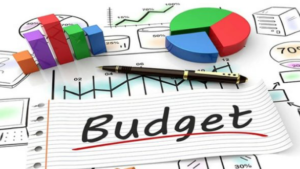Home » Commentary » Opinion » State finances after the pandemic
· Ideas@theCentre
 The coronavirus pandemic has drawn state government policies into the response to a national crisis like rarely before.
The coronavirus pandemic has drawn state government policies into the response to a national crisis like rarely before.
The conventional wisdom is that while the states are wielding much of the power, the Commonwealth will bear the fiscal costs and political accountability for the economic fall and recovery. But this is no garden-variety slump.
It is true that the Commonwealth will bear the lion’s share of costs, but the states and territories are also being hit hard. It is also the case that states hold the keys to economic recovery to an unusual degree — and voters know it.
Premiers should contemplate that, as they bask in the immediate glory of having helped suppress the virus and dilly-dally over the removal of restrictions that can no longer be justified (if they ever were).
Even before the crisis, the states were facing mounting debts; the pandemic is just making the mountain bigger.
For example, aggregate state non-financial public sector net debt was set to rise from around 45% of operating revenue (a more meaningful measure than the percentage of gross state product) in 2019 to 75% in 2022, continuing the long-term rising trend from only 10% just before the GFC.
That is in the past. Now the pandemic could hit state budgets to the tune of almost $50 billion in 2020, which would take net debt to almost 90% of revenue by 2022.
The fiscal struggle that lies ahead for states and territories means they will need to curb operating expenses, be more selective with infrastructure projects, do more privatisation, reform their taxes, and take part in other economic reforms to help boost the nation’s dismal productivity performance.
Any state that takes a ‘business as usual’ approach from here on, and hopes for years of good luck, is inviting trouble.
State finances after the pandemic